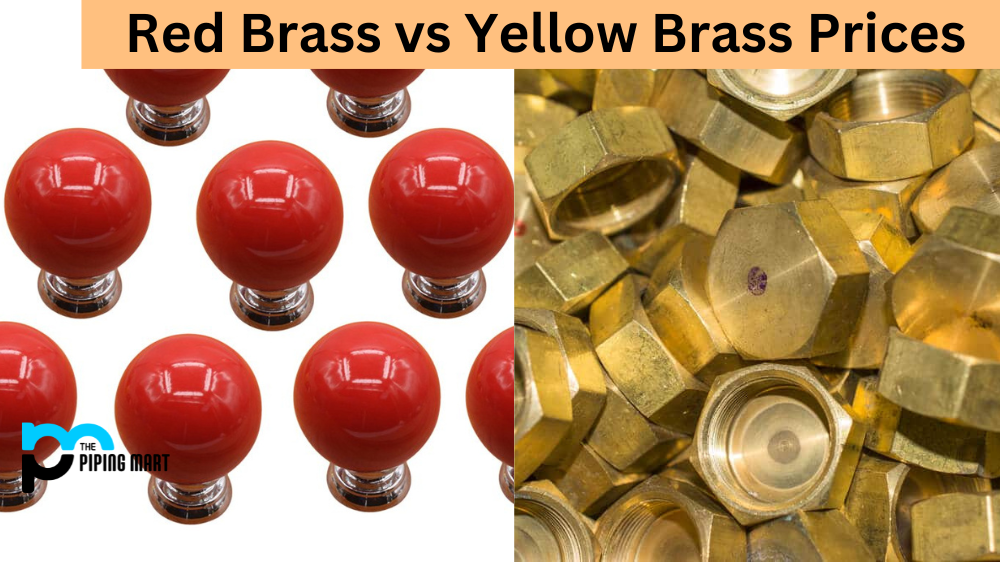Brass is an alloy of copper and zinc that has been used in a variety of applications since the Bronze Age. When it comes to choosing the right brass for your project, you’ll need to consider red brass or yellow brass prices. They are two distinct types, each with its own unique characteristics, uses, and price points. Let’s take a closer look at the differences between these two common types of brass.
What is Red Brass?
Red brass is made from 85% copper and 15% zinc. It has a reddish hue and can be polished to a high shine, which makes it ideal for use in decorative items such as jewelry and sculptures. It also has excellent mechanical properties like ductility, strength, hardness, machinability, and corrosion resistance, which make it perfect for parts that need to withstand wear or pressure. Additionally, red brass is resistant to many acids and alkalis, which makes it suitable for use in plumbing components as well as other industrial parts.
What is Yellow Brass?
Yellow brass is composed of 70% copper and 30% zinc which gives it its yellowish colouration. This type of brass has excellent electrical conductivity, which makes it ideal for electrical components such as wiring connectors, terminals, and circuit boards. It also has superior strength compared to red brass, which means it can be used in applications that require higher levels of stress, such as valves and pumps for water systems or automotive components. In addition, yellow brass does not corrode easily, so it can be used outdoors without the worry of rusting or deterioration over time.
Difference Between Red Brass and Yellow Brass Price
When comparing red brass vs yellow brass prices, there are several factors to consider, including the availability of raw materials, processing costs, production levels, demand levels, as well as other market conditions like tariffs or trade agreements between countries. Generally speaking; however, red brass tends to cost more than yellow brass due to its higher copper content which typically carries a premium price tag when sold commercially on metals markets around the world.
Conclusion:
With their different compositions and properties, both red brass and yellow brass have their own unique uses depending on what kind of project you’re working on. When considering red vs yellow brass prices, you’ll need to take into account factors like the availability of raw materials along with production costs in order to get an accurate estimate of your project’s budget requirements. No matter what type you choose, though, both are fantastic alloys with great potential for whatever application you may have in mind!

Pipingmart is a B2B portal that specializes in metal, industrial and piping items. Additionally, we share the latest information and information about materials, products and various types of grades to assist businesses that are involved in this business.




